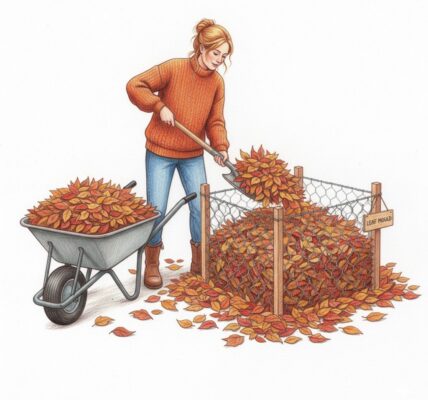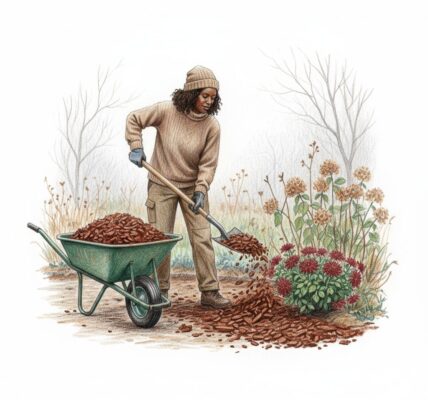
As November gets colder, gardeners with tender plants such as bananas, citrus, cannas, or geraniums must take action. These plants come from warmer regions and can’t handle a winter frost. If you leave them outside when the cold arrives, they may not survive. Now is the critical time to bring them in. This action helps them survive winter and flourish again next spring.
The main aim is to shield plants from freezing temperatures and winter wet. For smaller potted plants such as tender perennials and compact citrus, find a bright, cool, and frost-free location. A greenhouse or conservatory will work well. Check plants thoroughly for pests before moving them indoors. This precaution prevents infestations from spreading. Reduce watering significantly once they’re undercover, as their growth will slow down dramatically.
Larger plants that go semi-dormant, like bananas or tree ferns, need a different method. They are usually too big to move indoors. Instead, focus on protecting their roots and crowns. For bananas, the large leaves will get damaged, but it’s crucial to keep the central pseudostem and underground parts (the rhizome) safe. Cut back the old foliage. Then wrap the stem thickly with insulating material like straw or horticultural fleece. Add a deep mulch of wood chips or straw at the base to keep the ground warm. This careful wrapping, known as ‘lagging,’ helps the plant survive until spring.
Protecting your plants is all about good timing and planning ahead. Don’t wait for the first hard frost to damage your beautiful foliage. By moving or wrapping your tender tropicals in November, you help them stay healthy and ensure a spectacular display when the weather warms up again. So grab your fleece and get wrapping!




